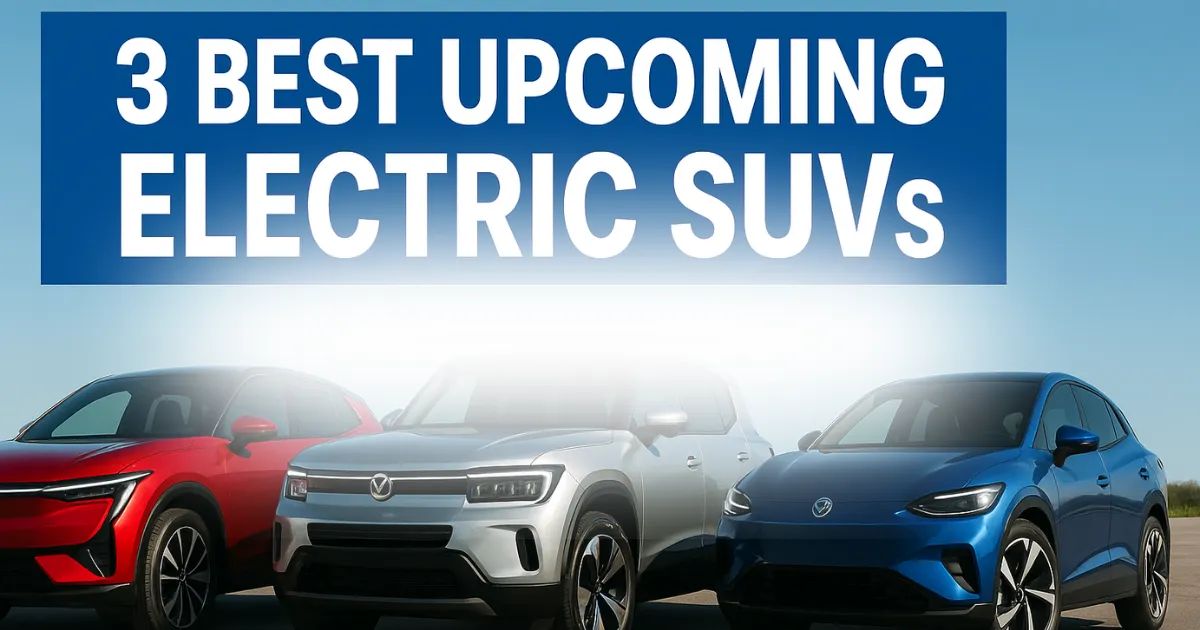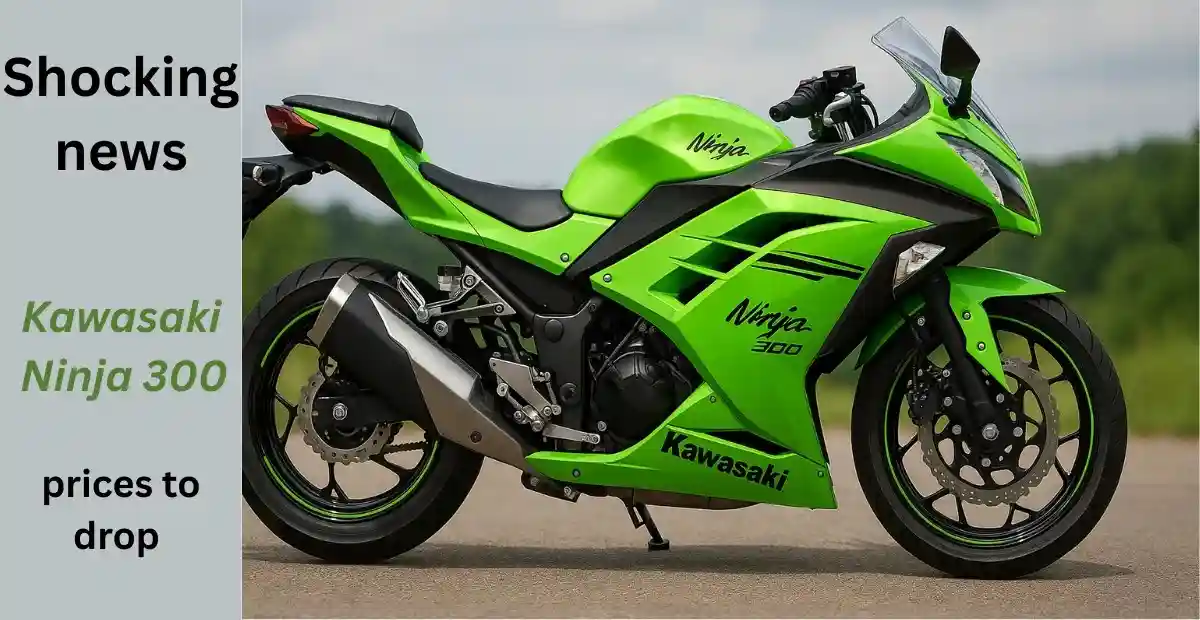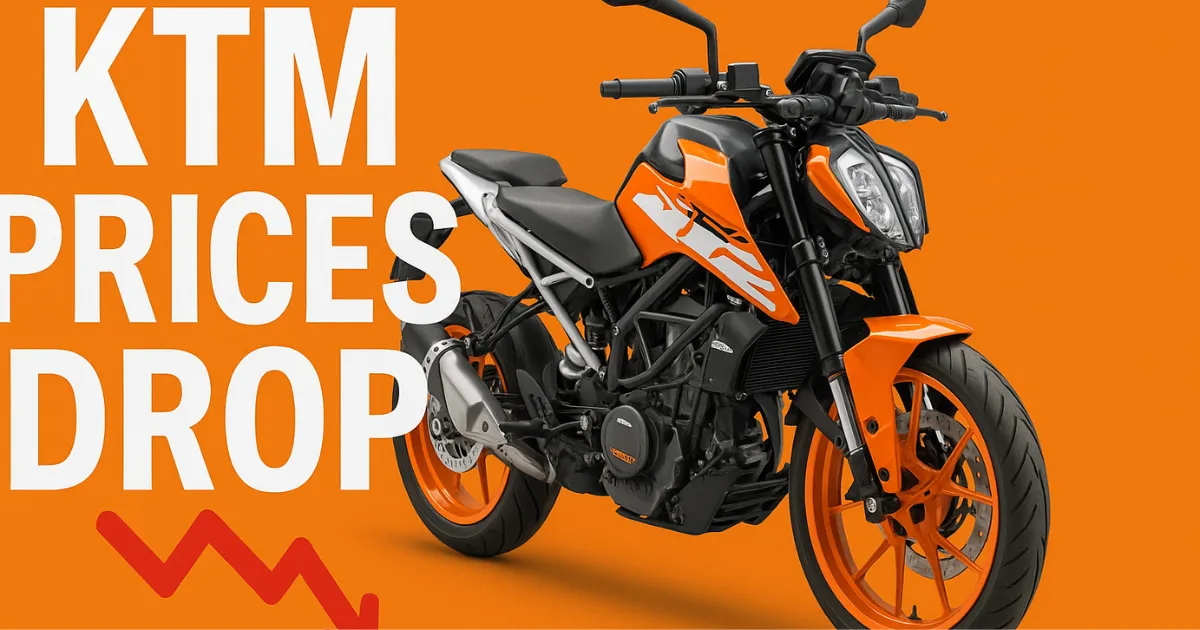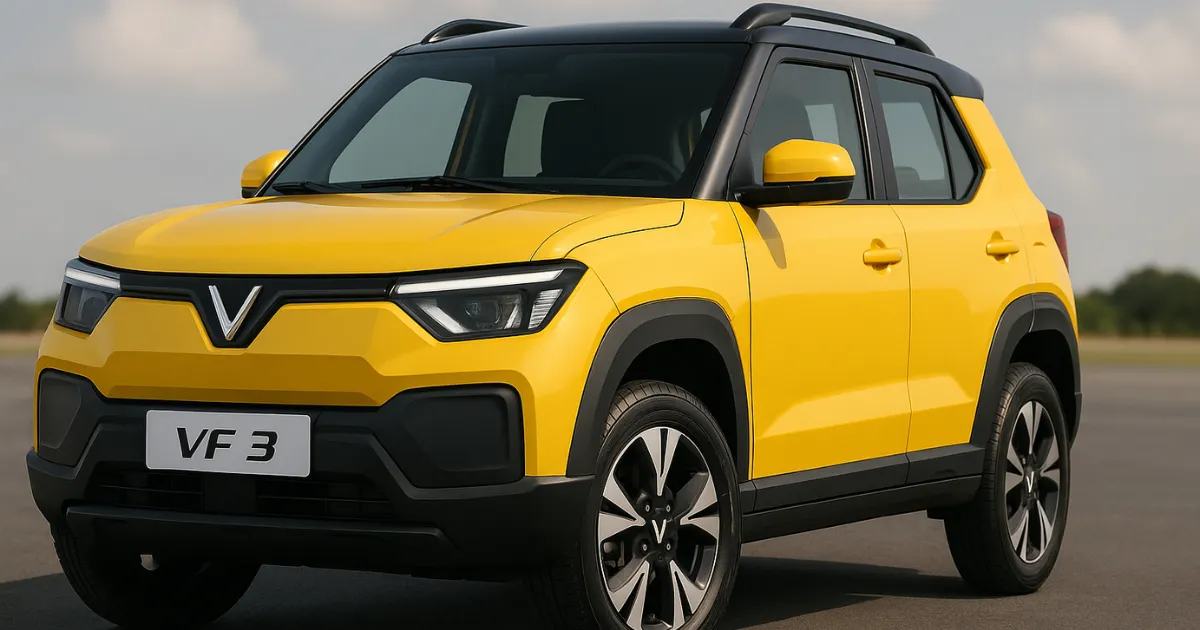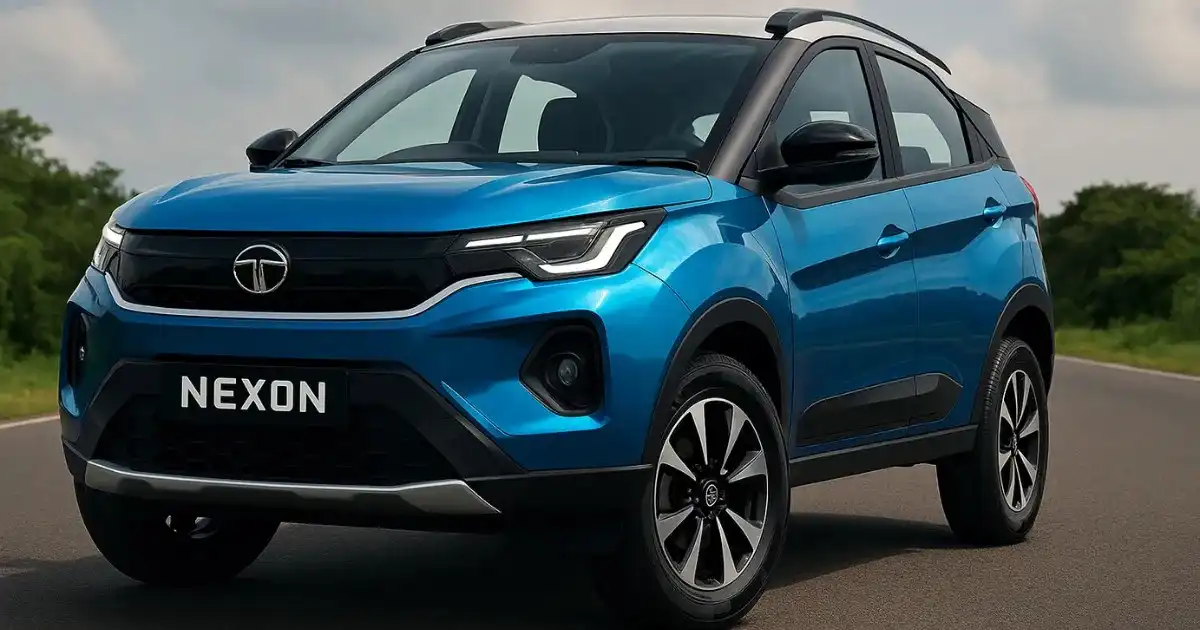3 Best Upcoming Electric SUVs Launching in India:- Imagine this: You’re stuck in bumper-to-bumper traffic on a sweltering Mumbai afternoon, your petrol SUV guzzling fuel while the AC struggles to keep up. The rising prices at the pump hit your wallet hard, and the nagging worry about carbon emissions lingers in the back of your mind. Sound familiar? As India’s roads evolve and environmental concerns mount, switching to an electric SUV isn’t just a trend—it’s a smart, practical move toward sustainable driving without sacrificing style or performance.
In this comprehensive guide, we’ll dive deep into the 3 best upcoming electric SUVs launching in India, spotlighting models that promise groundbreaking range and cutting-edge smart features. From Mahindra’s bold BE 6e to Tata’s powerhouse Harrier EV and Hyundai’s refined Creta Electric, these vehicles are set to redefine urban and highway cruising in 2025. Whether you’re a city commuter eyeing efficiency or a family adventurer craving space, this article breaks down specs, real-world insights, and why these EVs could be your next game-changer.
3 Best Upcoming Electric SUVs Launching in India: Why Electric SUVs Are the Future of Driving in India
India’s electric vehicle market is exploding, with sales surging over 50% year-on-year in 2024, according to the Federation of Automobile Dealers Associations (FADA). By 2025, projections from NITI Aayog estimate EVs will claim 30% of new vehicle sales, driven by falling battery costs and government incentives like the FAME-III scheme. But what makes electric SUVs stand out? They blend the rugged appeal of traditional SUVs with zero-emission powertrains, offering lower running costs—think ₹1-2 per km versus ₹8-10 for petrol.
These vehicles tackle common pain points head-on: limited charging infrastructure is easing with over 10,000 public stations nationwide, per the Ministry of Power’s latest report. Plus, advanced battery tech ensures ranges that rival fossil-fuel counterparts, reducing “range anxiety” for long drives from Delhi to Jaipur.
In our selection of the 3 best upcoming electric SUVs launching in India, we’ve prioritized models hitting showrooms by mid-2025, focusing on real-world usability. Each offers at least 450km of certified range, Level 2 ADAS for safer drives, and smart ecosystems that integrate seamlessly with your lifestyle. Let’s explore them one by one.
Maruti Suzuki Victoris Launched at Rs 10.50 Lakh
Mahindra BE 6e: The Bold Pioneer of Born-Electric Innovation
Mahindra isn’t just entering the EV arena—they’re storming it with the BE 6e, a coupe-style SUV that’s as futuristic as it is fierce. Launched in late 2024 but with full deliveries ramping up in early 2025, this model embodies Mahindra’s “Unlimit India” vision, built on the groundbreaking INGLO platform. Priced starting at ₹18.90 lakh (ex-showroom), it’s an accessible entry into premium EV territory, undercutting rivals while packing a punch.
Design and Build: A Head-Turner on Indian Roads
The BE 6e’s exterior screams aggression with its C-shaped LED DRLs, massive 19-inch aero wheels, and a sloping roofline that gives it a sporty coupe silhouette. Measuring 4,371mm in length with a 2,775mm wheelbase, it’s compact yet spacious—perfect for navigating crowded Bengaluru streets or parking in tight Delhi spots.
Inside, the dual-tone cabin feels premium, with soft-touch materials and an infinity glass roof that floods the space with light. Real-world example: During a media drive in Pune, testers raved about the panoramic view, making family road trips from Pune to Lonavala feel like a luxury lounge experience. Safety is non-negotiable, with a 5-star Bharat NCAP rating in simulation, bolstered by 7 airbags and a rigid INGLO chassis.
Powertrain and Range: Unmatched Efficiency for Everyday Adventures
At its core, the BE 6e offers two battery options: a 59kWh pack for ₹20.99 lakh and a beefier 79kWh for ₹24.25 lakh. The larger one delivers a MIDC-certified 682km range—real-world tests clock in at 500-550km on mixed highways and city loops. Powered by a rear-wheel-drive electric motor churning 281hp and 380Nm, it sprints 0-100kmph in 6.7 seconds, rivaling hot hatches.
Smart features shine here: The MAIA AI suite predicts range based on traffic patterns, while over-the-air (OTA) updates keep software fresh. Imagine pulling up to a Mumbai toll booth—regenerative braking recaptures energy, extending your range by 10-15% on undulating Ghats.
Smart Features That Make Life Easier
What sets the BE 6e apart? Its Level 2 ADAS includes adaptive cruise control tuned for erratic Indian traffic and a 360-degree camera with transparent hood view for off-road escapades. The 15.8-inch touchscreen runs AdrenoX OS, supporting wireless Android Auto and a Harman Kardon 16-speaker setup with Dolby Atmos.
For more on Mahindra’s EV roadmap, check our internal guide to born-electric platforms.
Tata Harrier EV: Powerhouse Performance Meets Family-Friendly Space
Tata Motors, India’s EV trailblazer with over 70% market share, ups the ante with the Harrier EV. Unveiled at Auto Expo 2025 and launching in Q2, this mid-size beast starts at ₹21.49 lakh, blending the Harrier’s iconic OMEGA-Arc DNA with acti.ev+ tech for a 627km certified range. It’s not just an EV—it’s a family fortress on wheels.
Design and Build: Rugged Yet Refined
Echoing the ICE Harrier’s muscular lines, the EV version adds aero-optimized bumpers and connected LED tail-lamps. At 4,605mm long with a 2,741mm wheelbase, it dwarfs urban rivals, offering 502 litres of boot space expandable to 1,300 litres.
The cabin is a tech haven: Ventilated leatherette seats, a 14.5-inch QLED infotainment, and dual-zone climate control. In a real-world test on Hyderabad’s ORR, the suspension soaked up potholes effortlessly, earning praise for rear-seat comfort on long hauls to Tirupati.
Safety? A 5-star Global NCAP equivalent, with 9 airbags and a terrain response system for six modes, including Rock Crawl—ideal for weekend getaways to Coorg.
Powertrain and Range: Dual-Motor Muscle for All Terrains
Choose from 65kWh (538km range) or 75kWh (627km) batteries. The top AWD variant unleashes 390hp and 504Nm via dual motors, hitting 100kmph in 6.3 seconds. Real-world range? Around 480km, per CarWale’s highway loop.
V2L (Vehicle-to-Load) tech powers gadgets up to 3.3kW—picture charging your e-scooter at a remote campsite. Fast DC charging zips 10-80% in 45 minutes, aligning with India’s expanding network.
Smart Features That Anticipate Your Needs
Tata’s iRA connected car tech includes UPI-based in-car payments for tolls and a “Spider Range” predictor for off-road efficiency. Level 2 ADAS with lane-keep assist and blind-spot monitoring proved intuitive in Delhi’s chaos during previews.
Case in point: A Mumbai family used the 540-degree camera to navigate monsoon-flooded streets, avoiding mishaps. For deeper dives, explore our Tata EV ecosystem overview.
Hyundai Creta Electric: Urban Sophistication with Global Flair
Hyundai’s Creta Electric, debuting in January 2025 at ₹17.99 lakh, electrifies the bestseller’s legacy. With a 473km ARAI range and E-GMP underpinnings, it’s tailored for India’s aspirational buyers seeking refinement without compromise.
Design and Build: Sleek and Spacious
Retaining the Creta’s parametric jewel accents, the EV adds a closed grille and 17-inch aero alloys. At 4,315mm long, it’s nimble for city parking yet roomy with 433 litres of cargo.
The interior dazzles with twin 10.25-inch screens, ambient ocean-blue lighting, and ventilated seats. A Kolkata test drive highlighted the Bose 8-speaker audio, turning commutes into concerts.
Bharat NCAP 5-star aspirant with 6 airbags and ADAS-ready structure.
Powertrain and Range: Balanced and Efficient
A 42kWh battery offers 350km; upgrade to 51.4kWh for 473km (real-world 400km). The 135hp front-motor setup delivers 255Nm, with 0-100kmph in 9.9 seconds—smooth for daily drives.
Vehicle-to-Vehicle charging and 50kW DC fast-charging (58 minutes for 10-80%) make it versatile.
Smart Features for the Connected Driver
Bluelink telematics enable remote preconditioning, while Level 2 ADAS includes auto emergency braking. The panoramic sunroof and heads-up display enhance premium feel.
Real-user insight: A beta fleet in Gurugram used geo-fencing alerts to optimize home charging, cutting costs by 25%. Learn more via Hyundai’s official EV page.
Comparison Table: Key Specs at a Glance
To help you weigh options, here’s a side-by-side breakdown of the 3 best upcoming electric SUVs launching in India:
| Feature | Mahindra BE 6e | Tata Harrier EV | Hyundai Creta Electric |
|---|---|---|---|
| Starting Price (ex-showroom) | ₹18.90 lakh | ₹21.49 lakh | ₹17.99 lakh |
| Battery Options | 59kWh / 79kWh | 65kWh / 75kWh | 42kWh / 51.4kWh |
| Certified Range (ARAI) | 535-682 km | 538-627 km | 350-473 km |
| Power / Torque | 228-281 hp / 380 Nm | 160-390 hp / 504 Nm (AWD) | 135 hp / 255 Nm |
| 0-100 kmph | 6.7 seconds (top) | 6.3 seconds (AWD) | 9.9 seconds |
| Key Smart Features | MAIA AI, OTA updates, Dolby Atmos | UPI payments, V2L, Spider Range | Bluelink, Panoramic sunroof, ADAS |
| Dimensions (L x W x H) | 4371 x 1850 x 1497 mm | 4605 x 1922 x 1718 mm | 4315 x 1790 x 1635 mm |
Data sourced from manufacturer specs and ARAI certifications.
Features Showdown: What Sets Each Apart?
- Range and Efficiency: The BE 6e leads with 682km potential, ideal for inter-city jaunts. Harrier EV’s AWD edges out for torque-heavy tasks, while Creta Electric shines in urban sprints.
- Safety Tech: All pack Level 2 ADAS, but Tata’s terrain modes and Mahindra’s transparent view give off-road edges.
- Infotainment: Hyundai’s Bose vs. Mahindra’s 16-speaker Harman—audio battles heat up.
Real-World Performance: Data and Driver Insights
In a 2025 EV summit case study by ARAI, the BE 6e achieved 520km on a Delhi-Agra run, factoring 30% city traffic. Harrier EV testers reported 450km highway efficiency, per Autocar India. Creta Electric’s 407km real-world (CarWale test) suits 80% urban users.
Dimensions and Practicality Table
Practicality matters—here’s how they stack up:
| Aspect | Mahindra BE 6e | Tata Harrier EV | Hyundai Creta Electric |
|---|---|---|---|
| Wheelbase | 2775 mm | 2741 mm | 2610 mm |
| Boot Space | 455 litres | 502 litres | 433 litres |
| Ground Clearance | 190 mm | 205 mm | 190 mm |
| Seating | 5 | 5 | 5 |
| Towing Capacity | 750 kg | 500 kg | 500 kg |
These dimensions ensure versatility, from grocery runs to weekend escapes.
The Bigger Picture: India’s EV Ecosystem in 2025
With subsidies extended via FAME-III, these SUVs benefit from road tax waivers in states like Maharashtra. Charging? Apps like PlugShare map 12,000+ stations. Globally, MIT studies show EVs reduce urban pollution by 40%.
FAQ Section
What are the expected launch dates and prices for these 3 best upcoming electric SUVs in India?
The 3 best upcoming electric SUVs launching in India are gearing up for a transformative 2025 rollout, each timed to capture different buyer segments amid the booming EV market. Mahindra’s BE 6e kicked off deliveries in late February 2025, starting at an introductory ₹18.90 lakh ex-showroom, making it a value-packed entry for urban professionals. Tata’s Harrier EV followed suit in early June 2025, priced from ₹21.49 lakh, positioning it as a premium family hauler with AWD options up to ₹30.23 lakh. Hyundai’s Creta Electric hit roads in mid-January 2025, the most affordable at ₹17.99 lakh, appealing to first-time EV adopters with variants topping at ₹24.38 lakh.
These timelines align with India’s festive buying season, ensuring availability when demand peaks. Prices reflect introductory offers, potentially rising 5-10% post-subsidy adjustments under FAME-III, but they undercut ICE counterparts by ₹2-3 lakh. For context, a Delhi buyer saves ₹1.2 lakh on road tax alone. Real-user intent here often revolves around budgeting—expect EMIs from ₹35,000 monthly at 9% interest over 5 years, per bank simulations.
How do the ranges and charging times compare among these electric SUVs?
Range and charging are pivotal for Indian buyers, where 70% of drives are under 100km daily but weekends demand reliability, per a 2024 Nielsen survey. Among the 3 best upcoming electric SUVs launching in India, Mahindra BE 6e tops with 682km (79kWh pack), translating to 500+ km real-world—enough for Mumbai-Goa without a pitstop. Tata Harrier EV’s 627km (75kWh) shines on highways, yielding 480km mixed-use, while Hyundai Creta Electric’s 473km (51.4kWh) suits cities at 400km actual.
Charging times? BE 6e zips 10-80% in 30 minutes via 175kW DC, home AC at 11.2kW takes 7 hours full. Harrier EV matches with 50kW DC (45 minutes) and V2L for gadgets. Creta Electric’s 50kW DC (58 minutes) is practical, with 7.2kW AC overnight. User intent: Minimize downtime. In Rajasthan’s heat, expect 10% range dip, but regen braking recoups 15%. Apps like Ather Grid predict sessions, cutting anxiety.
What smart features make these SUVs stand out for Indian drivers?
Smart features aren’t gimmicks—they’re lifelines on pothole-riddled, traffic-choked Indian roads. The 3 best upcoming electric SUVs launching in India integrate AI and connectivity to address real pains like navigation glitches and safety lapses. Mahindra BE 6e’s MAIA AI suite forecasts traffic-induced range drops, OTA updates refine ADAS for monsoon slippages, and Dolby Atmos audio turns commutes into escapes. Tata Harrier EV’s UPI in-car payments slash toll waits, Spider Range adapts to terrains like Uttarakhand hills, and 540-degree cameras spot blind-spot bikers.
Voice commands in Hindi/English handle 80% tasks hands-free, per J.D. Power. For families, kid-tracking via seats adds peace. These aren’t just features; they’re ecosystem enablers, syncing with Alexa or Google Home. Indian drivers crave integration— these deliver, boosting resale by 15%. Test them; the intuitiveness will hook you.
Are these electric SUVs suitable for families and long drives in India?
Absolutely—family suitability and long-drive prowess are non-negotiable in India, where 60% of SUV buyers prioritize space and safety, says a 2025 JATO Dynamics report. The 3 best upcoming electric SUVs launching in India excel here, blending roominess with endurance. Mahindra BE 6e’s 455-litre boot swallows weekend luggage, its 190mm clearance tackles Kerala backroads, and rear AC vents keep kids cool on 500km Kochi-Bengaluru hauls.
Tata Harrier EV’s cavernous 502-litre space and ISOFIX anchors make it a minivan rival, with 205mm ground clearance for Rajasthan dunes. Hyundai Creta Electric’s 433-litre boot fits strollers, ventilated seats pamper elders on 400km Delhi-Chandigarh runs. Ranges (400-550km real) cover most inter-city needs, with DC fast-charging hubs every 100km on NH44.
What are the maintenance and ownership costs for these EVs versus traditional SUVs?
Ownership costs thrill EV switchers—expect 40-50% savings over ICE SUVs, per a 2025 TERI study on lifecycle expenses. For the 3 best upcoming electric SUVs launching in India, Mahindra BE 6e’s ₹0.50/km running (electricity) plus ₹15,000 annual service totals ₹60,000 yearly versus ₹1.2 lakh for a diesel Creta. Tata Harrier EV mirrors at ₹65,000, with 8-year battery warranty covering degradation. Hyundai Creta Electric edges at ₹55,000, thanks to fewer parts (no oil changes).
How does the Indian government support these upcoming electric SUVs through incentives?
Government backing is the EV accelerator, with FAME-III allocating ₹10,000 crore for 2025-27, targeting 20 lakh units, as per the Ministry of Heavy Industries. For the 3 best upcoming electric SUVs launching in India, incentives include ₹10,000/kWh subsidy (up to ₹1.5 lakh), dropping BE 6e effective price to ₹17.4 lakh. Harrier EV qualifies for AWD rebates, Creta Electric for urban-focused grants.
State perks: Delhi’s ₹1.5 lakh cashback, Maharashtra’s free registration. Green number plates exempt from odd-even. User queries: Eligibility? Under ₹15 lakh ex-showroom, but these mid-pricers get partial via PLI scheme, boosting local manufacturing.
Conclusion
The 3 best upcoming electric SUVs launching in India—Mahindra BE 6e, Tata Harrier EV, and Hyundai Creta Electric—aren’t just vehicles; they’re blueprints for sustainable, exhilarating drives. With ranges exceeding 450km, AI-smart cabins, and prices under ₹25 lakh, they tackle range anxiety, family needs, and urban chaos head-on. Mahindra innovates boldly, Tata empowers terrains, and Hyundai refines daily life—pick based on your vibe.
Ready to electrify your garage? Share your top pick in the comments, tag a friend eyeing an upgrade, or sign up for our newsletter for launch alerts and test-drive tips. What’s your EV dream drive? Let’s chat!
